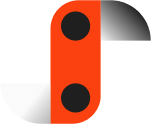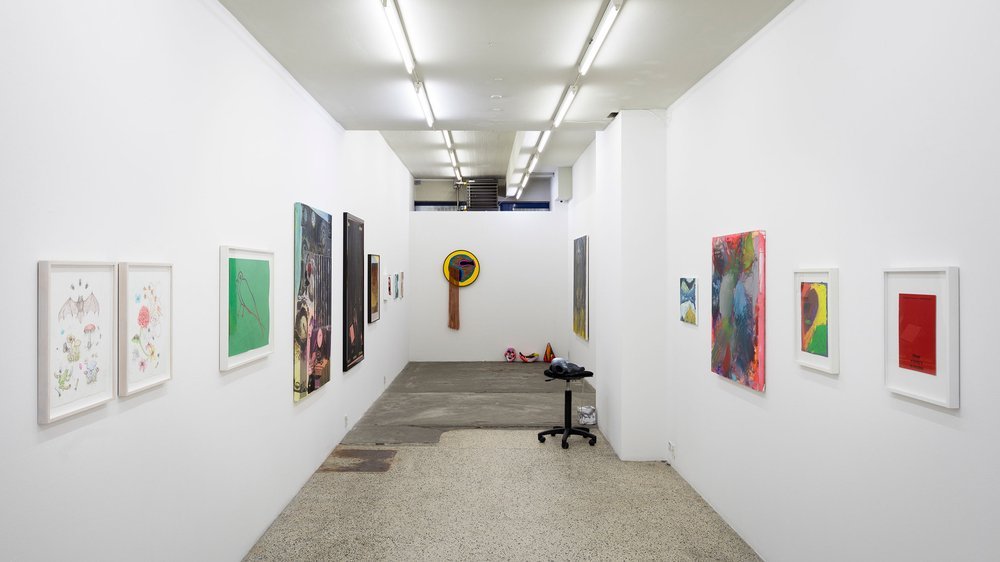Expanding the Language of Art with the Exhibition of 'ALPHABET'
*Archive Article: Originally published in the magazine Blacklisted Copenhagen on November 13, 2017
Looking at the work of Danish artist Søren Behncke, it’s clear that he is a seasoned artist and no stranger to putting together a collection of work with a cohesive and consistent concept. What I find refreshing, and indeed what I found the most interesting in his most recent work ‘Alphabet,’ is the incorporation of the concept into a “practice” which affected how the work was made.
Let me clarify. Typically the discussion of developing a “practice” is attributed to genres of art that are without a specific object that can signify an artists style and signature. Performance art or choreography most commonly utilizes a combination of a concept and a practice, which manifest itself within the final performance.
With visual artists on the other hand, what you typically see, is an artist exploring a specific concept and then attributing their specific “style” upon that work. Developing a “practice” – a set of rules and routines with which the artist must follow that are specific only to that specific concept or collection of work – risk those works not being recognizable under that artist’s signature “style.”
Personally, I think this has much to do with the fact that visual artists create a physical commodity – and when you have a commodity, it is easy to be tempted by the lures capitalism. In other words, if an artist develops a style that is well received, they can market themselves around that style. Anything that tempts them to deviate from that style should be avoided.
Now developing a recognizable style can be a positive thing in many cases. I am definitely a proponent of artist’s getting paid. But it can also run the risk of limiting the artist to anything that might draw them away from that “style.”
But I digress. With Søren Behncke’s exhibition ‘Alphabet’ he has managed to juggle the best of both these worlds. By implementing a regiment of artistic practice, he was able to explore the idea of developing a painting vocabulary – one that let him create his own elaborate visual narratives. Yet, he was able to do this without forsaking the artistic style that he has become known for.
After visiting the exhibition in Copenhagen’s V1 gallery, I became quite curious about the possibilities that creating this ‘Alphabet’ might have opened up for him in the process. Forming a new foundation like this is almost like building a new tool or medium from which to work with. There would need to be the development of rules, structures, and limits. Language is a complex thing, and while many of the rules can be broken – the rules need to be created to start with.
I wanted to speak with Søren to learn whether the development of this artistic vocabulary was that that structured, and how he implemented the practice across the entirety of the collection.
I find your practice of creating an art “vocabulary” to be very interesting. Can you tell me how you began the practice?
The work with the new visual vocabulary began in truth back in 2015, where I went from a desire to “re-virginalise” things from everyday life through a displacement of materials, coloring, and other twists of the meaning of everyday objects as they look in the “real” world. I wanted to instead focus on the appearance of things in themselves, and on the desire to consistently create a new mode of visual representation – a new visual “alphabet” in which I could reflect the world.
For this purpose, I deployed two strategies. I have partly mutated objects and contexts by sketching the same things again and again. From every sketched mutation, I derived another, and yet another, and so on, until a completely new visual expression emerged. An abstraction and deconstruction. A kind of visual evolution, or cultivation if you like. Subsequently, I have distilled a few “letters” from the pictorial context and added a third dimension – and made them into sculpture.
I could have chosen to just call it a new style. But by using the term “alphabet”, I invited a much bigger conversation about artistic expression in all art forms: poetry, cinema, theatre, music, and so on. The concept “alphabet” is something everyone knows and understands. And we all know Miro’s alphabet, Philip Guston’s alphabet, Cy Twombly’s alphabet, etc. We are familiar with this structure and it allows for the possibility to create new “languages”.
There are always specific sets of linguistic and grammatical rules attributed to language, how have to incorporated those concepts in the development of your art practice and alphabet?
I have taken a loose and intuitive approach to these rules. I have rather attempted to ensure that the viewer experiences and understands the concept generally. Right now it’s in a phase where there is still an option to further develop and comment on the grammatical details.
Do you find it easier to direct meaning and narrative in your work, now that you have a “language” that you create in?
For me, art is life-enhancing in itself. And “alphabet” gives me the opportunity to “re-virginalize” the world – as if you’re seeing it for the first time.
Have you thought about developing a lexicon that describes the rules and various facets of your art vocabulary?
I have already in the show attempted to create such a lexicon. With a series of graphical expressions, I have visualized a few “letters” or symbols for “hat,” “door,” “tombstone,” “torso,” and so on. Not as a glossary, but rather as a possibility, a suggestion. Thus, to understand that my “door” isn’t “the door” but rather “a door,” is to allow the possibility that “door” might appear otherwise.
Now that you exhibited and released this “alphabet” to the public, how would you feel if someone else would be able to learn its structures, and integrated it into their own work?
Language is free – and thus also mine. Let us, by all means, have a conversation.









